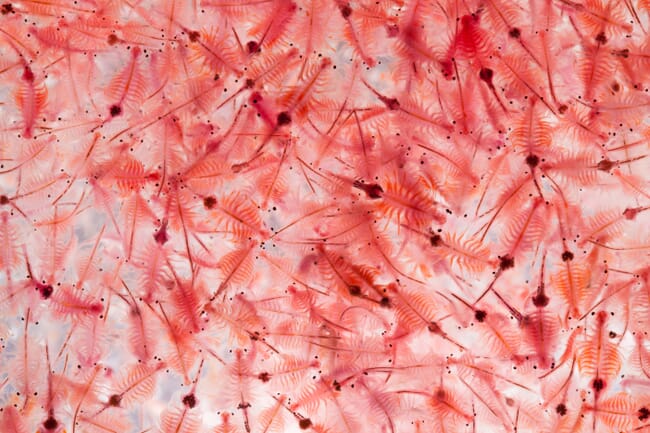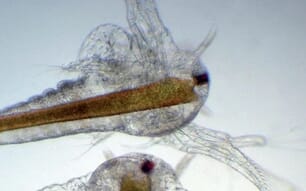
Dr Yathish Ramena, interim assistant dean for extension and outreach at the university’s School of Agriculture, Fisheries and Human Sciences (SAFHS) said that the brine shrimp – which are already extensively used as feed in fish and shrimp hatcheries – have huge potential further afield.
“The role of brine shrimp in aquaculture is indispensable, providing a reliable and high-quality food source that enhances survival, growth and overall health of aquatic species,” he said. “Given its exceptional nutritional profile, Artemia is now being considered for broader applications, particularly in poultry feed.”
Dr Ramena said UAPB is launching an initiative to establish Artemia biomass culture to ensure a continuous and sustainable supply of this high-protein feed ingredient. With approximately 60 percent protein on a dry basis, Artemia offers an excellent alternative protein source for poultry, supporting growth and egg production while promoting sustainable feeding practices.
“One of the key advantages of Artemia culture is its continuous harvesting capability, which makes it an ideal candidate for small-scale, backyard and indoor farming setups,” he said. “Unlike traditional feed sources that require extensive processing and storage, Artemia can be cultured and harvested regularly, providing a fresh and consistent feed supply. This makes it particularly appealing for small-scale farmers and entrepreneurs looking for cost-effective and sustainable poultry nutrition solutions.”
This initiative has potential for UAPB’s new poultry research facility. The integration of Artemia into poultry feed research at this new facility will provide insight that could lead to novel feeding strategies benefiting both small-scale and commercial poultry producers.
Under Dr Ramena’s leadership, the UAPB Department of Aquaculture and Fisheries will closely collaborate with the university’s poultry science program to evaluate the impact of Artemia-based feed on poultry growth and egg production.
“By pioneering this initiative, UAPB is not only advancing sustainable feed solutions but also fostering interdisciplinary collaboration between aquaculture and poultry nutrition,” he said. “As this research progresses, it has the potential to reshape feeding strategies in both industries, offering an innovative approach to improving livestock and artemia biomass production.”




